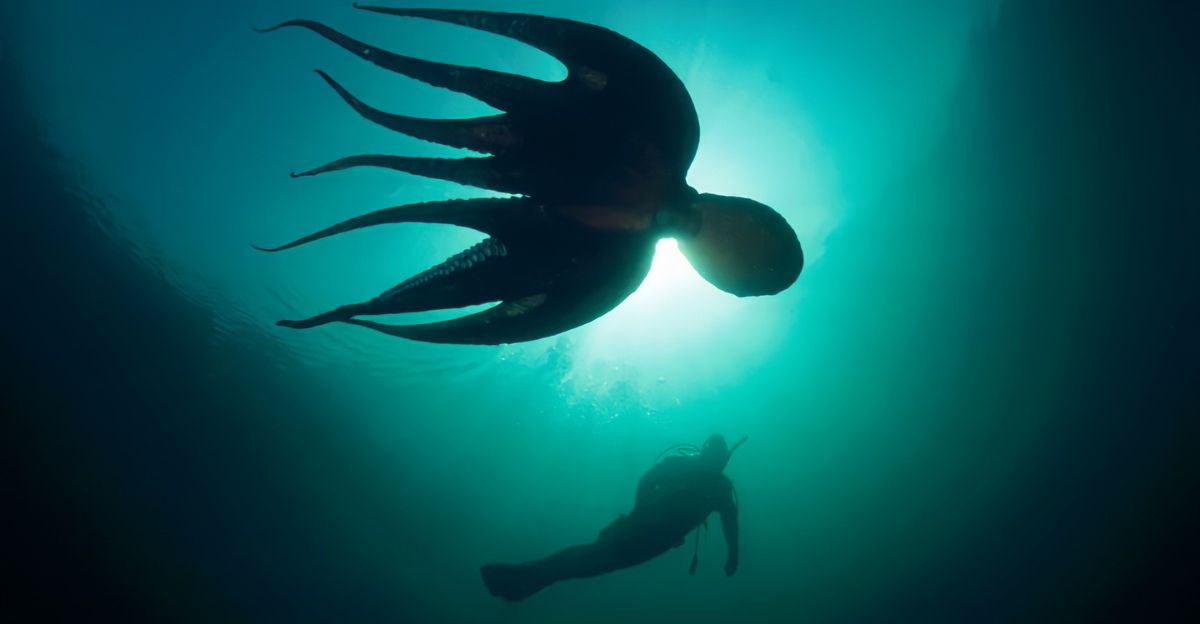
The South Atlantic Ocean is one of the most enigmatic regions of Earth. Its depths have long stood as a place of scientific intrigue and curiosity as researchers keep pushing the boundaries of the frontier, searching for anything that might be scientifically captivating.
March 2025 would see a new expedition into the Southern Ocean, where a research team started their 35-day trek to a region of ocean close to the South Sandwich Islands. The region is a freezing and isolated one, making it the perfect place to look for some undiscovered marine creatures. What the research team found was unprecedented – the first live specimen of a species only ever found deceased.
South Sandwich Islands
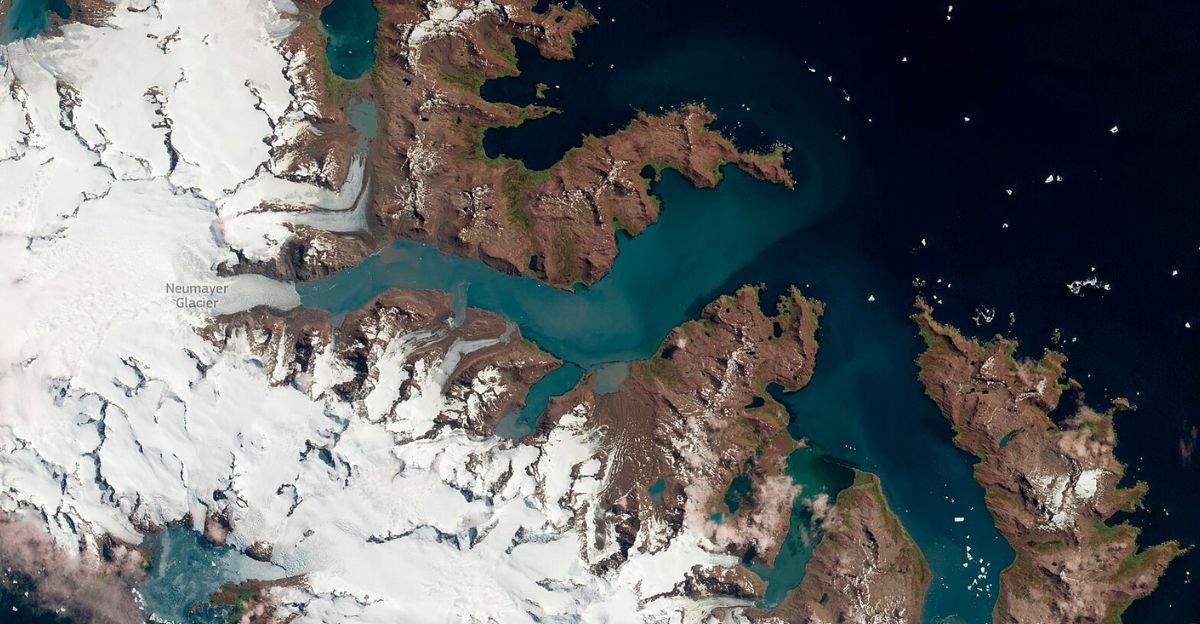
The South Sandwich Islands are volcanic and remote islands in the South Atlantic Sea. The region is home to icebergs and freezing waters, as well as some of the deepest and darkest trenches on Earth.
The undersea volcanic and seismic activity makes the region a unique one. Since it’s so far removed from civilization, not much is known about the region, let alone what lies beneath the waters.
The Expedition
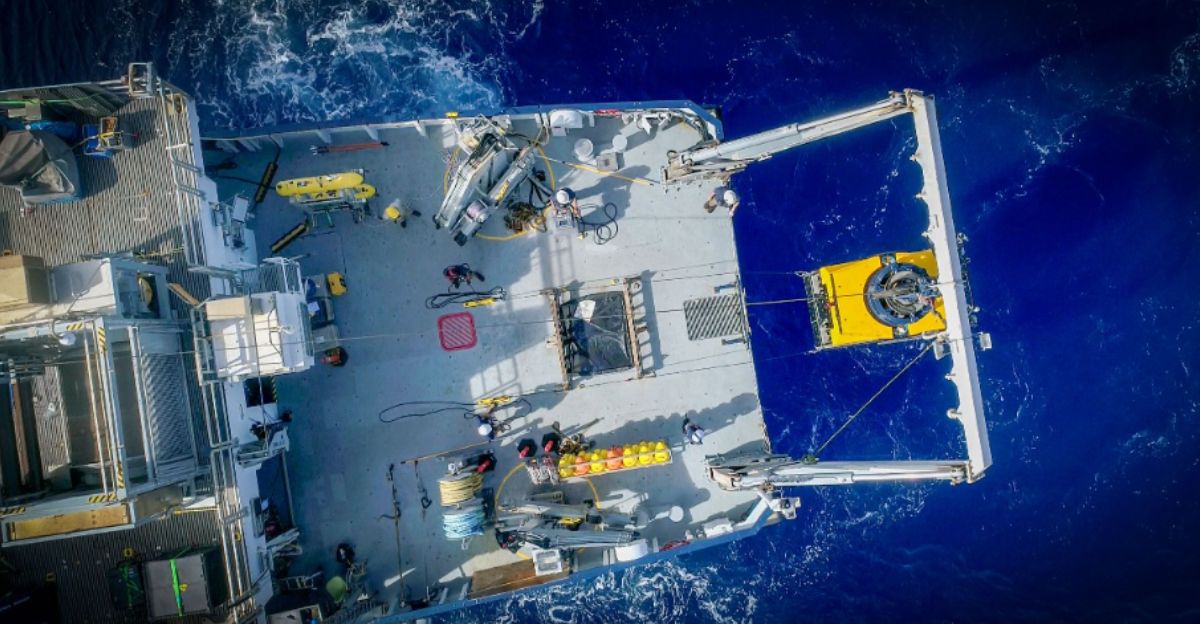
The goal of the expedition was to find new marine life as part of the Ocean Census. This is a collaborative effort between many different organizations and institutions to discover marine life that could at at risk of disappearing or being forced deeper into the ocean by climate and human factors.
The expedition wasn’t a walk in the park, with the research team facing many unique challenges, such as hurricane-like winds and colossal waves nearly reaching 30 feet high. Their main way of exploring the ocean depths was using SuBastian, a remotely operated vehicle (ROV). This ROV could go to depths that no human could feasibly do, diving thousands of feet down and being able to capture everything in stunning HD video.
An Alien World
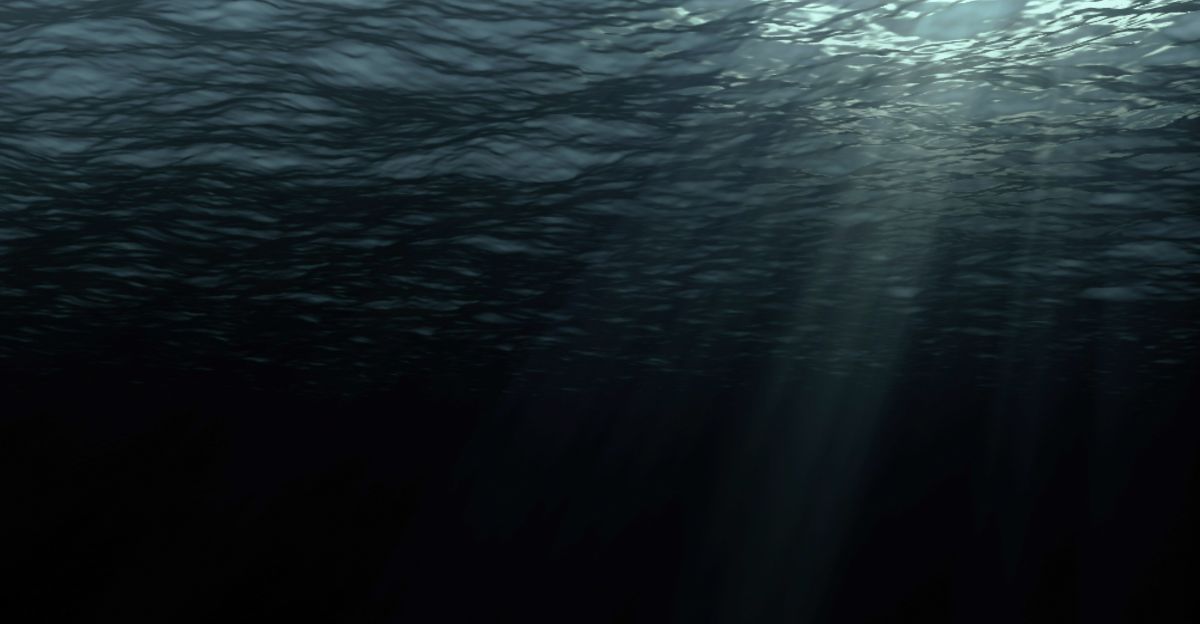
The deeper the ROV went, the stranger the environment became, as marine life at deep parts of the ocean adapted differently to the one inhabiting waters closer to the surface. The team found coral gardens, hydrothermal vents, and a host of animals that lived there, including sponges, snails, sea urchins, starfish, and benthic ctenophores – a strange jelly-like creature.
As SuBastian kept exploring, more and more ocean life was being discovered, but no one could imagine what the research team would see come up on its cameras when it got 2,000 feet below the waves.
Something Appears Out Of The Dark

One of SuBastian’s dives had the ROV dive down to 2,000 feet. While it was exploring, the researchers watched the cameras with anticipation until something appeared out of the dark. They saw the silhouette of a creature gliding through the waters.
Curiously, the creature stopped just in front of the cameras, showing itself to the team for around three minutes. The scientists scrambled to review the footage and find out what they had just seen. That’s when they confirmed it; they had seen a colossal squid alive and in front of the camera.
The Colossal Squid
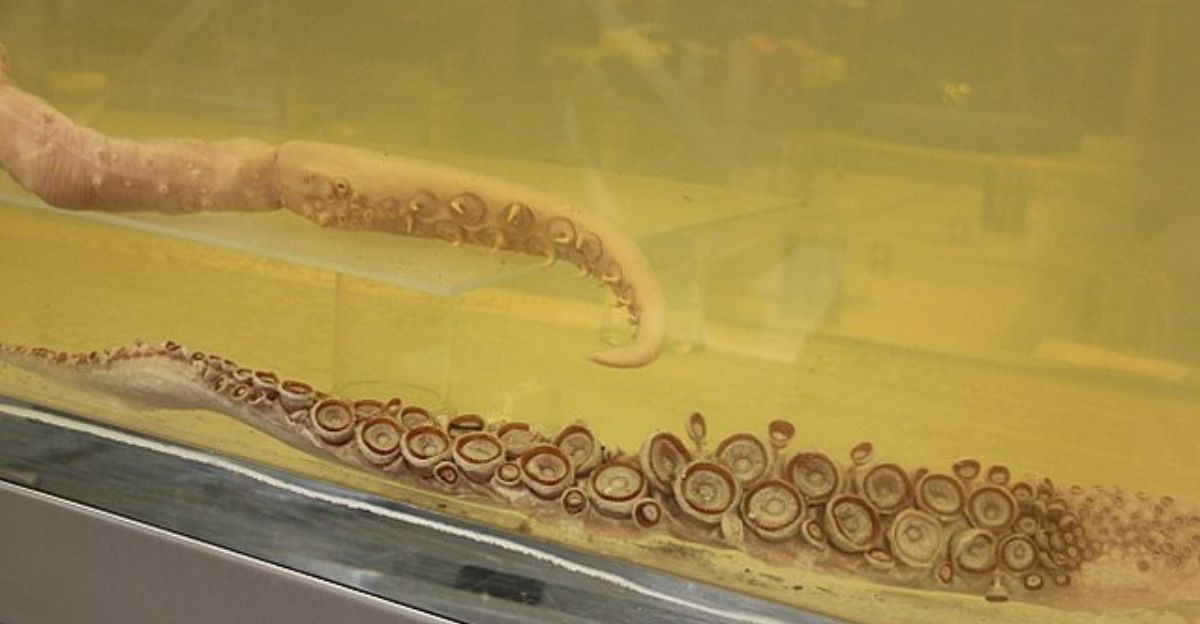
To those fascinated with the sea, they might know the colossal squid well, as it has a fearsome reputation. The first accounts of colossal squid came from sailors hundreds of years ago, swearing they had encountered the creatures. This has since inspired folklore and literature across the world.
The colossal squid is a legendary beast, with scientists suggesting that a fully grown adult could measure up to 23 feet long and weigh over 1,000 pounds. This puts them on top of the largest invertebrates on the planet. However, there hasn’t been much of an opportunity to study them.
Groundbreaking Evidence
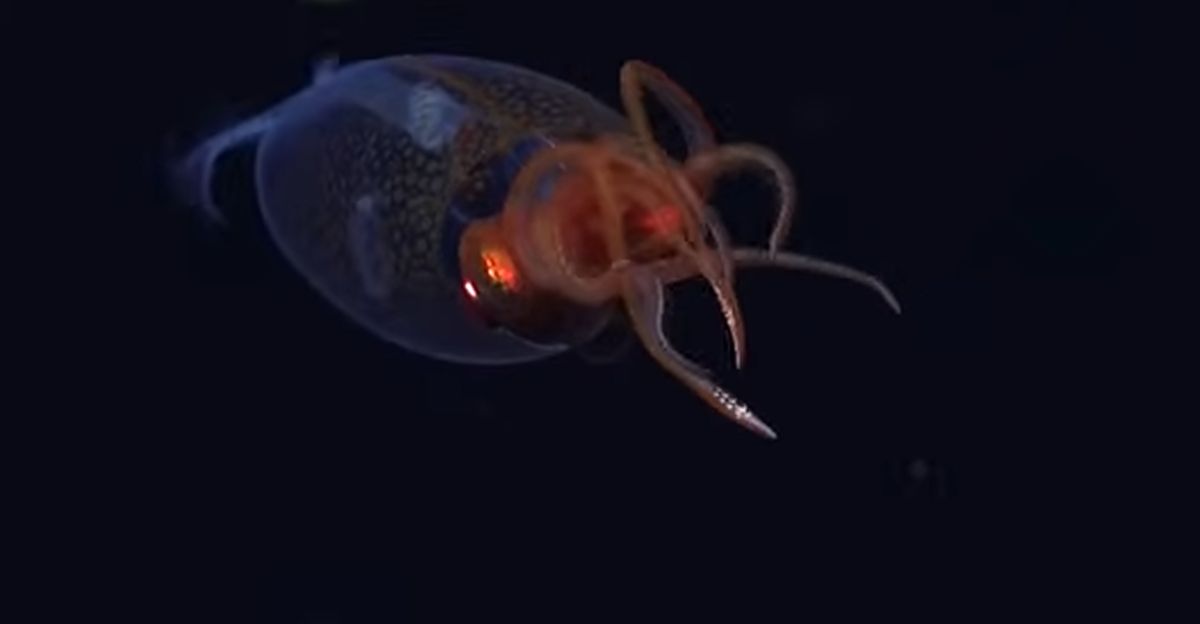
The first scientific evidence of the colossal squid came when researchers found two arm crowns found in the belly of a sperm whale in 1925. Since then, many more remnants of the creatures have been found, mostly in sperm whales or tangled in fishing nets. This means that they have only ever been found long after they have been deceased.
However, this footage is the first record of a colossal squid alive in its environment, even if it is just a juvenile. The groundbreaking evidence in the footage changes everything and helps look past the veil that the colossal squid has hidden behind.
A Juvenile

Even though the squid recorded in the footage was only about 12 inches long, it’s still a fascinating and pivotal find. The researchers knew it was a colossal baby and not another squid species due to it being underdeveloped and almost translucent – a far cry from the legendary adults that are known for having reddish bodies.
For the first time in recorded history, humans could finally look at a live specimen of a colossal squid and gain insight into their behavior and how they move in their habitat.
SuBastian
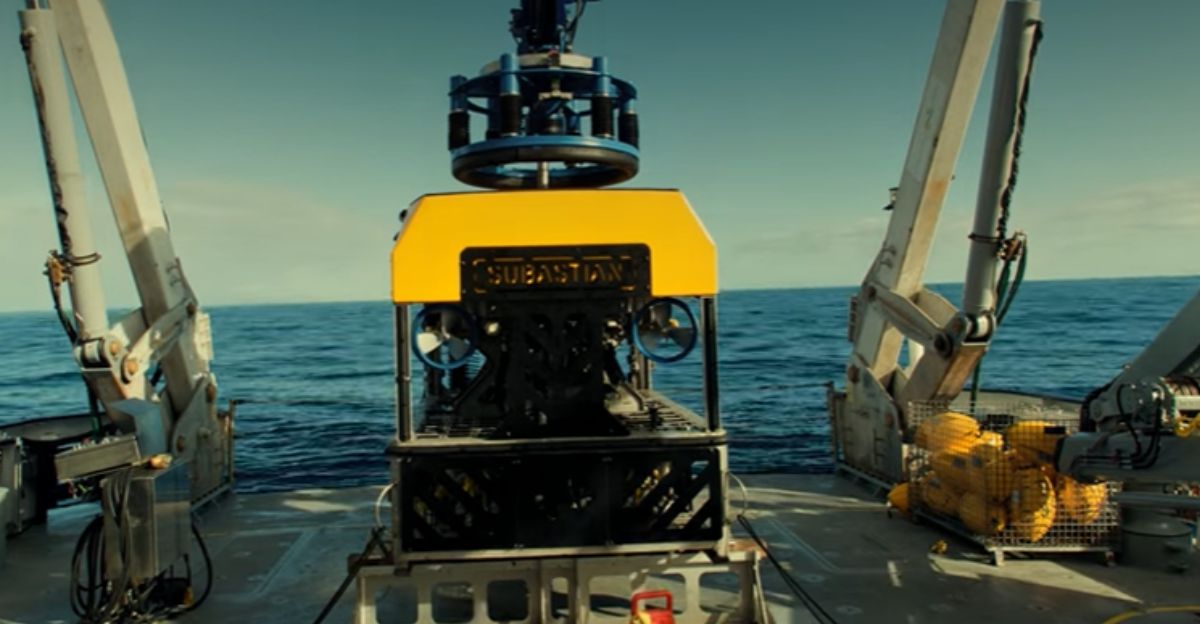
This amazing find would have been impossible without the help of the ROV SuBastian. This marvel of technology is an underwater robot that is remotely controlled from its research vessel – the Falkor (too). Sebastian has state-of-the-art equipment, meaning that it can dive down nearly three miles without a problem and has bright spotlights to cut through the gloom of the deep ocean.
The video it captures is live and without delay, meaning that researchers can adjust them in real-time if they find anything interesting. The footage is also recorded, meaning that they can go back and review it, like they did with the colossal squid.
The Future
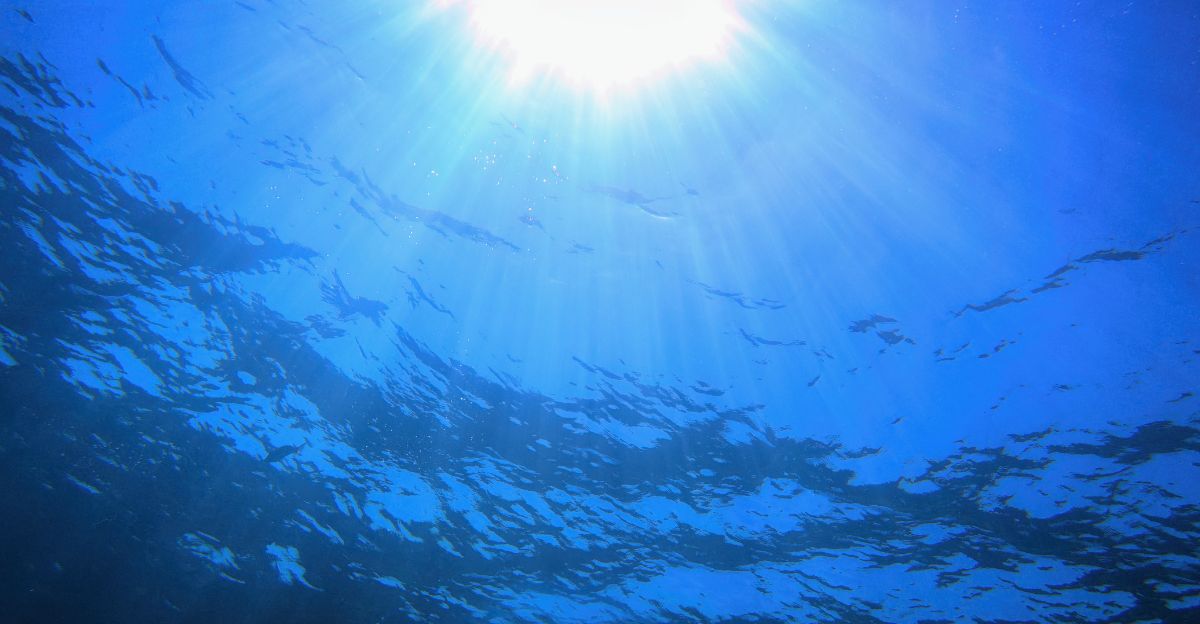
Filming the juvenile squid showcases that the ocean is still a frontier full of mystery. Scientific efforts should continue to probe the ocean in a non-invasive way in order to learn more about our planet and the animals that live in its deepest corners.
The footage of the juvenile squid should be enough to prompt further protection over the ocean so that future generations may witness the same beauty that we are lucky enough to see today.
Explore more of our trending stories and hit Follow to keep them coming to your feed!

Don’t miss out on more stories like this! Hit the Follow button at the top of this article to stay updated with the latest news. Share your thoughts in the comments—we’d love to hear from you!







